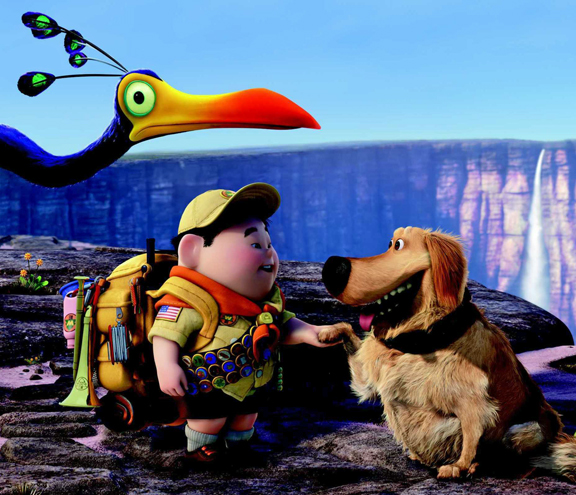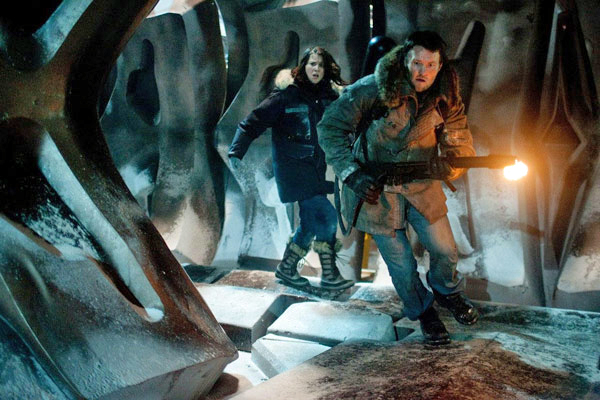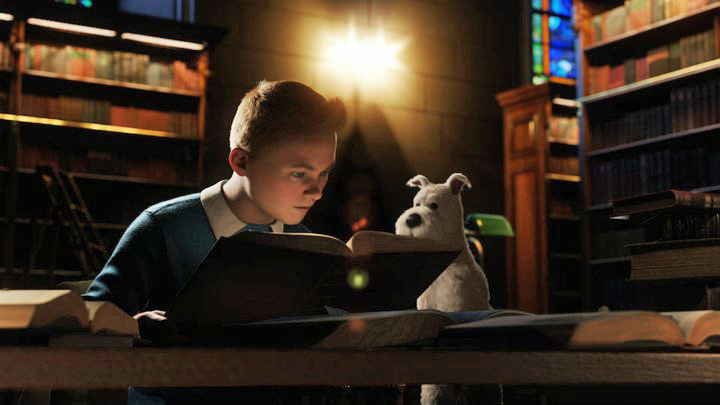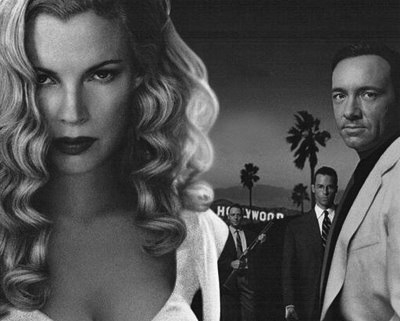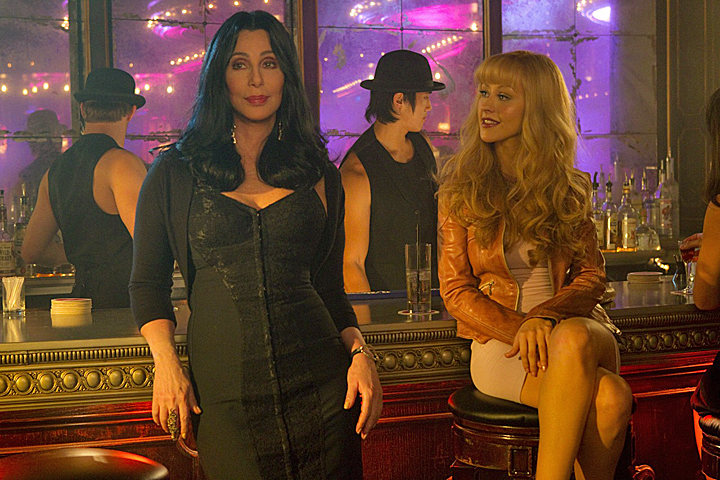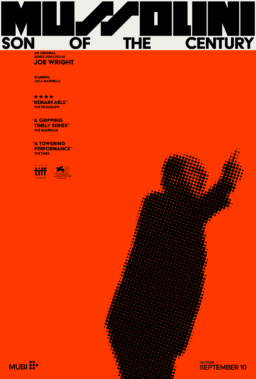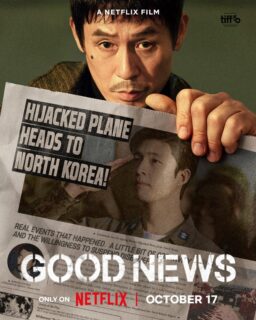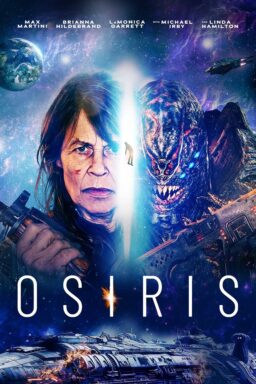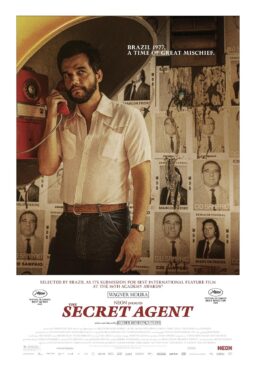Q. I just noticed your driver’s education high school teacher (from your “License To Drive” review) and your boss at Crystal Lake Pool in Urbana (from your “Adventureland” review) are both amazingly named Oscar Adams! He sure got around and played some important roles in your early life!
Joe Nicholl, Salt Lake City, UT
A. Oscar, who was truly one of the most beloved men in town, was also (a) the father of a girl I dated, (b) the Urbana High School basketball coach I wrote about for the News-Gazette, and (c) adult chaperone in charge of the Tiger’s Den, the Urbana teen hangout, which had record hops every Friday and Saturday night. How can he avoid being mentioned in at least three more reviews?
Q. I just read your review of Proyas’ “Dark City” in the Great Movies section of your Web site. My question is: Was this movie ruined by a “Hollywood executive”? Now I love “DC.” It’s one of my favorite movies. However, the first time I saw it, I entered the theater a bit late and so missed the opening narration explaining the strangers, the city, etc. I walked in right when the protagonist wakes up in the tub.
As a result, the movie was much more mysterious to me, and I only slowly discovered what I missed in the opening — like the hero. I feel that without that opening narration, the movie was in fact much better; more suspenseful by far. I know it’s hard to measure such a thing — the second time I saw it, I of course already knew the plot, but I still felt the opening narration spoiled the film quite a bit.
I envision some Hollywood suit saying: “People won’t have the patience to endure what they don’t understand for that long. Better give away most of the secrets via a narration in the beginning,” and forcing Proyas into it. Am I right?
Colin Prepscius, New York City, NY
A. The director’s cut by Alex Proyas on the most recent DVD suggests you are 100 percent correct. By the way, this is one of the movies Blu-ray was made for.
Q. I was lucky to be raised by a father with a deep love of cinema. So I was able to see movies like “Nosferatu” and other silent films when I was fairly young. They held a spell over me. Reading your Great Movie review last week of “The Cabinet of Dr. Caligari” reminds me that as great as some modern horror films are, nothing, at least in my mind, has ever compared to those silent classics.
I didn’t get to see “Caligari” until a film class in college, but I remember the class, full of twentysomethings who all thought they were film experts, spellbound. The sets, the images, were haunting, terrifying and just dazzling. To me, true horror works when it haunts you long after the movie.
Modern movies go for the jumps and scares. Of course, some more modern horror like “Psycho” (1960) stays with you, but nothing can give me chills like seeing that scene of the somnambulist carrying the woman over those bizarre peaks and rooftops. Or the scene of the vampire standing up out of the coffin in “Nosferatu.” I sometimes fear modern moviegoers will miss these classics. Still, I do run into lovers of cinema who are younger than myself, in college as I was, and they have a thirst to learn. I hope that is always the case, and I hope these films are around forever.
Bryan W. Alaspa, Chicago, IL
A. In a strange sense, silent horror films can somehow seem almost real. The format creates a reverie state, and horror at that time was intended to disturb and frighten, not simply to shock. Those sad people who say they “don’t like” silent or black-and-white films, or “old movies” in general, are simply saying. “I don’t want to see thousands of the greatest movies ever made.”
Q. I don’t know about you, but it bothers me when I watch a movie trailer, only to find that some footage is not found in the actual movie. They did this with “Orange County” and now “The Hangover.” It almost feels like false advertising in a way.
Travis Dockweiler, Kalamazoo, MI
A. It’s not done deliberately. The marketing houses assemble trailers from a film’s rough cut, because studios like to release them quite a while in advance of a film’s opening date. It’s like not having to wait for the DVD to see a deleted scene.
Q. You refer to the dogs in “Up” as robotic. I believe the dogs were just normal dogs equipped with special “translating” collars that produced their speech, collars that I took to be inventions of Muntz’s brilliance. I do not recall any explicit reference made either way in the movie, but I think many details support the non-robotic argument: gray-furred dogs, the clear mention of Muntz’s beloved dog pack in the movie’s opening “archival” footage, and the extremely organic animation style of the “Dug” character in particular.
Rob Worman, Minneapolis, MN
A. Apart from Dug, I thought they seemed robotic, but not robots. Imprecise word choice.
Q. In the movie “Up,” I noticed that the later scenes showed closeups of the main character (Carl Fredricksen) in which he is clearly unshaven, which is logical, considering several days have passed in the movie’s timeline since he took off from home. Funny that this should happen in an animated movie, as opposed to any live-action ones where the character’s beards never grow or, if they start off as a two- or three-day growth, they mostly stay the same way throughout the film.
Gerardo Valero, Mexico City
A. Your observation is on the money. I’m trying to think of the last action movie I saw with realistic facial hair. I sometimes wonder how these guys go through days of unremitting action while still finding time off to use an electric shaver on the stubble setting. What ever happened to the old cliché of the clean-shaven hero?

